Home>Articles>How To Remove Scratches From Black Glass Stove Top
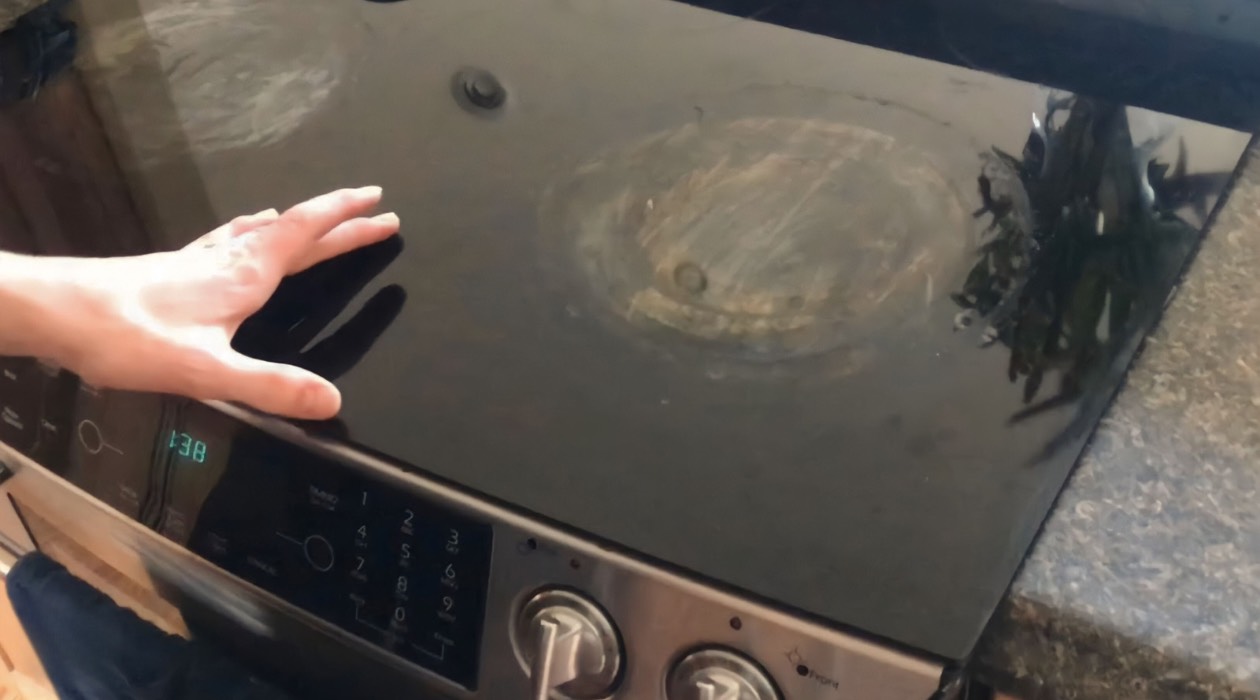

Articles
How To Remove Scratches From Black Glass Stove Top
Modified: May 6, 2024
Learn effective techniques and remedies to remove scratches from your black glass stove top with our comprehensive articles. Discover a range of solutions to restore its pristine appearance.
(Many of the links in this article redirect to a specific reviewed product. Your purchase of these products through affiliate links helps to generate commission for Storables.com, at no extra cost. Learn more)
Introduction
Having a sleek black glass stove top can be a stylish addition to any kitchen. However, over time, scratches may start to appear on the surface, diminishing its beauty and causing frustration. But don’t worry, there are several methods you can try to remove those unsightly scratches and restore your stove top’s shine.
In this article, we will explore five effective methods to remove scratches from a black glass stove top. From simple homemade remedies to commercial cleaners, we’ve got you covered. So, gather your materials and let’s get started!
Key Takeaways:
- Easily remove scratches from your black glass stove top using simple household items like baking soda, white vinegar, and toothpaste. With gentle application and caution, you can restore its shine and beauty without causing further damage.
- Regular maintenance and gentle cleaning can prevent scratches on your black glass stove top. If scratches persist, try commercial cleaners or Magic Erasers, but always test on a small area first. If all else fails, seek professional repair or replacement.
Read more: How To Remove Scratches From Glass Cooktop
Materials Needed
Before we dive into the methods, let’s make sure we have all the necessary materials on hand:
- Microfiber cloth or soft lint-free cloth
- Baking soda
- White vinegar
- Water
- Toothpaste (non-gel)
- Commercial glass stove top cleaner
- Magic Eraser
- Plastic scraper or credit card
- Sponge or soft-bristle brush
- Warm soapy water
Now that you have all the necessary materials, you’re ready to tackle those scratches!
Method 1: Baking Soda Paste
Baking soda is a versatile and gentle abrasive agent that can help to remove scratches from a black glass stove top without causing further damage. Here’s how to create and use a baking soda paste:
- Wipe the surface of the stove top with a microfiber cloth to remove any loose dirt or debris.
- In a small bowl, mix equal parts baking soda and water to create a thick paste.
- Dip a soft cloth or sponge into the baking soda paste and apply it directly to the scratched area on the stove top.
- Gently rub the paste onto the scratch using circular motions for about 2-3 minutes.
- Wipe away the excess paste with a clean damp cloth.
- Inspect the area and repeat the process if necessary until the scratches are noticeably reduced or removed.
Note: Avoid using any abrasive materials or excessive force while applying the baking soda paste, as this could further damage the stove top.
After using the baking soda paste, give the stove top a final wipe with a clean damp cloth to remove any residue. Admire the improved appearance of your black glass stove top!
Method 2: White Vinegar and Water
White vinegar is known for its natural cleaning properties and can be an effective solution for removing light scratches from a black glass stove top. Follow these steps to use white vinegar and water:
- Mix equal parts white vinegar and water in a spray bottle.
- Spray the solution onto the scratched area of the stove top.
- Let it sit for a few minutes to allow the vinegar to work its magic.
- Gently scrub the scratched area with a soft sponge or cloth in a circular motion.
- Rinse the area with warm water and wipe dry with a clean cloth.
- Assess the results and repeat the process if necessary.
White vinegar can effectively remove light scratches and leave your black glass stove top looking shiny and scratch-free. Remember to always test this solution on a small, inconspicuous area first to ensure it is safe for your particular stove top.
Method 3: Toothpaste
Surprisingly, toothpaste can be an effective remedy for removing small scratches from a black glass stove top. Here’s how to use toothpaste to restore the surface:
- Choose a non-gel toothpaste that contains mild abrasives.
- Apply a small amount of toothpaste directly onto the scratched area.
- Gently rub the toothpaste into the scratch using a soft cloth or sponge in circular motions.
- Continue to rub for a few minutes, applying light pressure.
- Wipe away the toothpaste residue with a clean damp cloth.
- Inspect the area and repeat the process if necessary until the scratches are less visible or disappear completely.
Remember to use caution when using toothpaste on a black glass stove top as some toothpaste brands may be too abrasive and can cause further damage. Always test a small area first and opt for non-gel toothpaste to minimize the risk of scratching the surface.
Use a non-abrasive cleaner and a soft cloth to gently buff out the scratches on the black glass stove top. Avoid using harsh chemicals or abrasive scrubbers to prevent further damage.
Read more: How To Protect Glass Cooktop From Scratches
Method 4: Commercial Glass Stove Top Cleaner
If the scratches on your black glass stove top are more stubborn or severe, using a commercial glass stove top cleaner can be a reliable option. These cleaners are specifically formulated to remove tough stains and scratches from glass surfaces. Follow these steps when using a commercial glass stove top cleaner:
- Read the instructions on the cleaner’s packaging carefully before use.
- Ensure that your stove top is cool and turned off.
- Apply a small amount of the cleaner onto the scratched area.
- Using a soft cloth or sponge, gently rub the cleaner into the scratch using circular motions.
- Continue to rub the cleaner into the scratch for a few minutes, applying moderate pressure.
- Wipe away the cleaner residue with a clean damp cloth.
- Inspect the area and repeat the process if necessary until the scratches are significantly reduced or eliminated.
Commercial glass stove top cleaners are specifically designed to remove stubborn scratches and blemishes, so they can be highly effective. However, always follow the manufacturer’s instructions and ensure proper ventilation when using these products.
Method 5: Magic Eraser
A Magic Eraser is a versatile cleaning tool that can also be used to remove scratches from a black glass stove top. Follow these steps to use a Magic Eraser:
- Dampen the Magic Eraser with water.
- Gently rub the scratched area of the stove top with the damp Magic Eraser in circular motions.
- Continue to rub for a few minutes, applying light pressure.
- Inspect the area and wipe away any residue with a clean damp cloth.
- Assess the results and repeat the process if necessary.
Magic Erasers are known for their ability to remove tough stains and marks, including light scratches on glass surfaces. However, it is important to note that Magic Erasers do contain abrasive materials, so it’s crucial to use this method with caution to avoid creating more scratches or damaging the stove top surface. Always test a small area first before proceeding with the entire scratched area.
Precautions to Consider
While the methods mentioned above can help to remove scratches from a black glass stove top, it is important to take certain precautions to avoid causing further damage. Here are some precautions to consider:
- Always ensure that the stove top is cool and turned off before attempting any scratch removal method.
- Test any homemade or commercial cleaning solution on a small, inconspicuous area of the stove top before applying it to the scratched area.
- Use gentle pressure when applying the cleaning solutions or using any abrasive materials. Excessive force can potentially scratch or damage the glass surface further.
- Avoid using sharp or metal objects to scrape off the scratches, as this can easily cause permanent damage to the stove top.
- Regularly clean your black glass stove top using non-abrasive cleaners and soft cloths to prevent the buildup of dirt and debris that can contribute to scratches.
- If the scratches are deep or severe and none of the above methods effectively remove them, consider contacting a professional for repair or replacement.
By taking these precautions, you can minimize the risk of causing additional damage and safely restore the appearance of your black glass stove top.
Conclusion
Scratches on a black glass stove top can be unsightly, but with the right methods and materials, they can be effectively minimized or removed. Whether you opt for homemade remedies like baking soda paste or white vinegar, or choose commercial cleaners or Magic Erasers, there are various solutions available to tackle those scratches.
When using any method, it’s important to exercise caution, follow instructions, and test on a small area first. Applying gentle pressure and avoiding sharp or metal objects are key to preventing further damage.
Remember to regularly clean and care for your black glass stove top to minimize the likelihood of scratches in the first place. Maintaining a clean and scratch-free surface will help preserve its beauty and prolong its lifespan.
So, don’t let scratches ruin the appearance of your black glass stove top. Try out these methods, depending on the severity of the scratches, and enjoy your kitchen once again with a gleaming and scratch-free stove top.
Curious about what sets apart your kitchen's centerpiece? Delve into our detailed discussion on glass stove tops. Here, you'll gain a holistic understanding of their design, benefits, and why they’ve become a favorite in modern homes. Whether you're considering an upgrade or just keen to learn more, this read is perfect for you.
Frequently Asked Questions about How To Remove Scratches From Black Glass Stove Top
Was this page helpful?
At Storables.com, we guarantee accurate and reliable information. Our content, validated by Expert Board Contributors, is crafted following stringent Editorial Policies. We're committed to providing you with well-researched, expert-backed insights for all your informational needs.
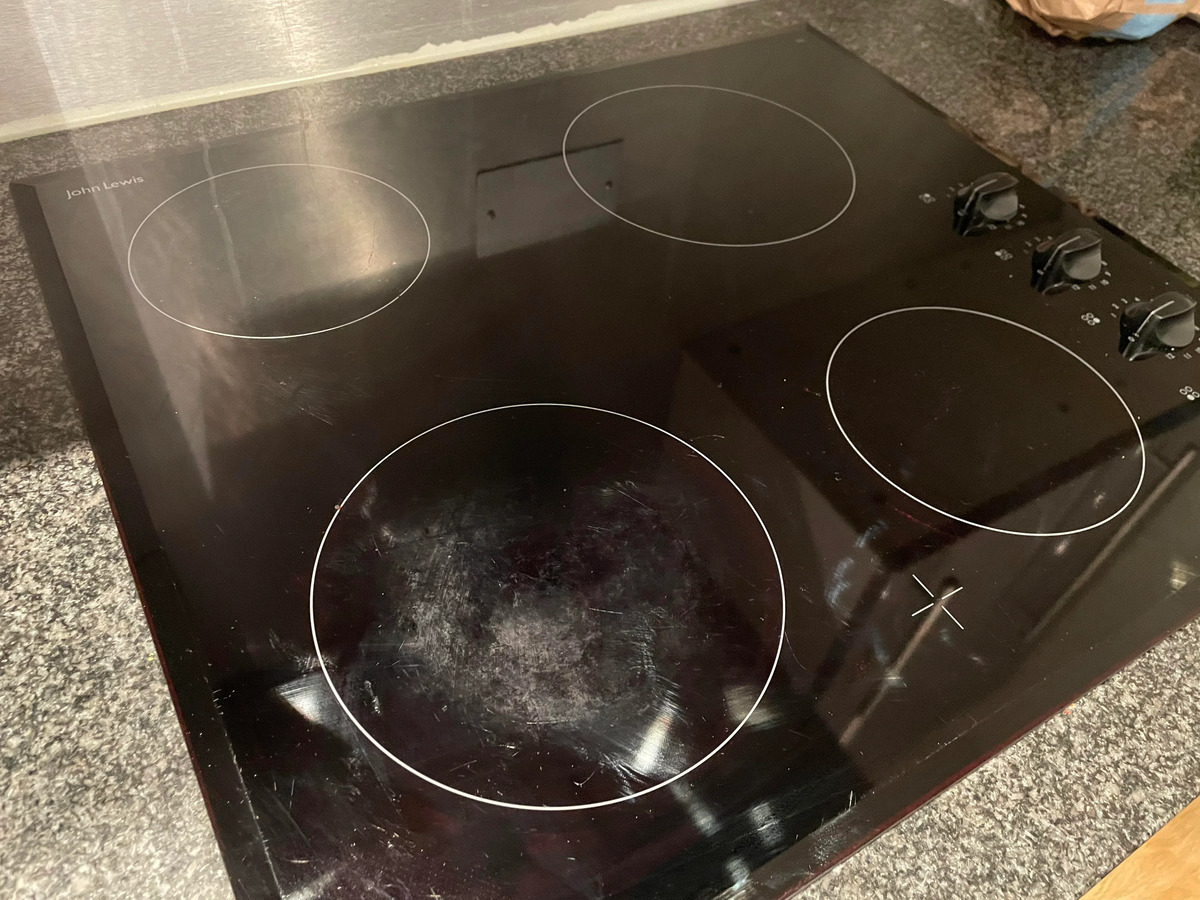
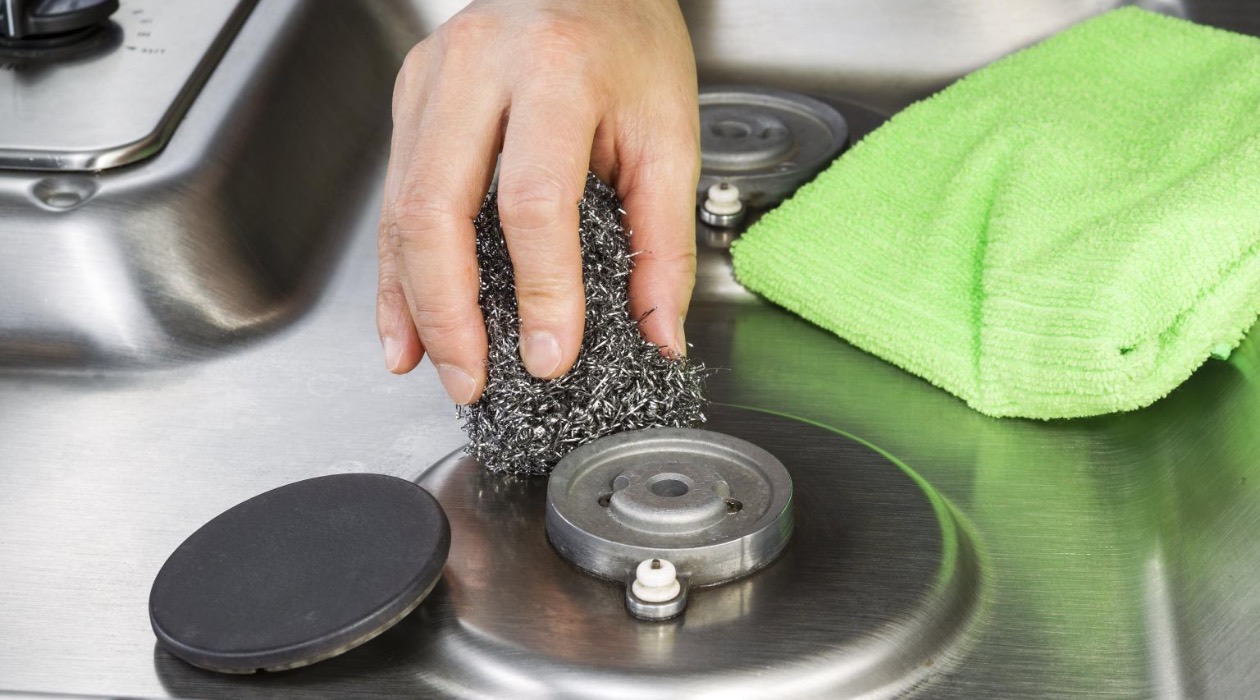
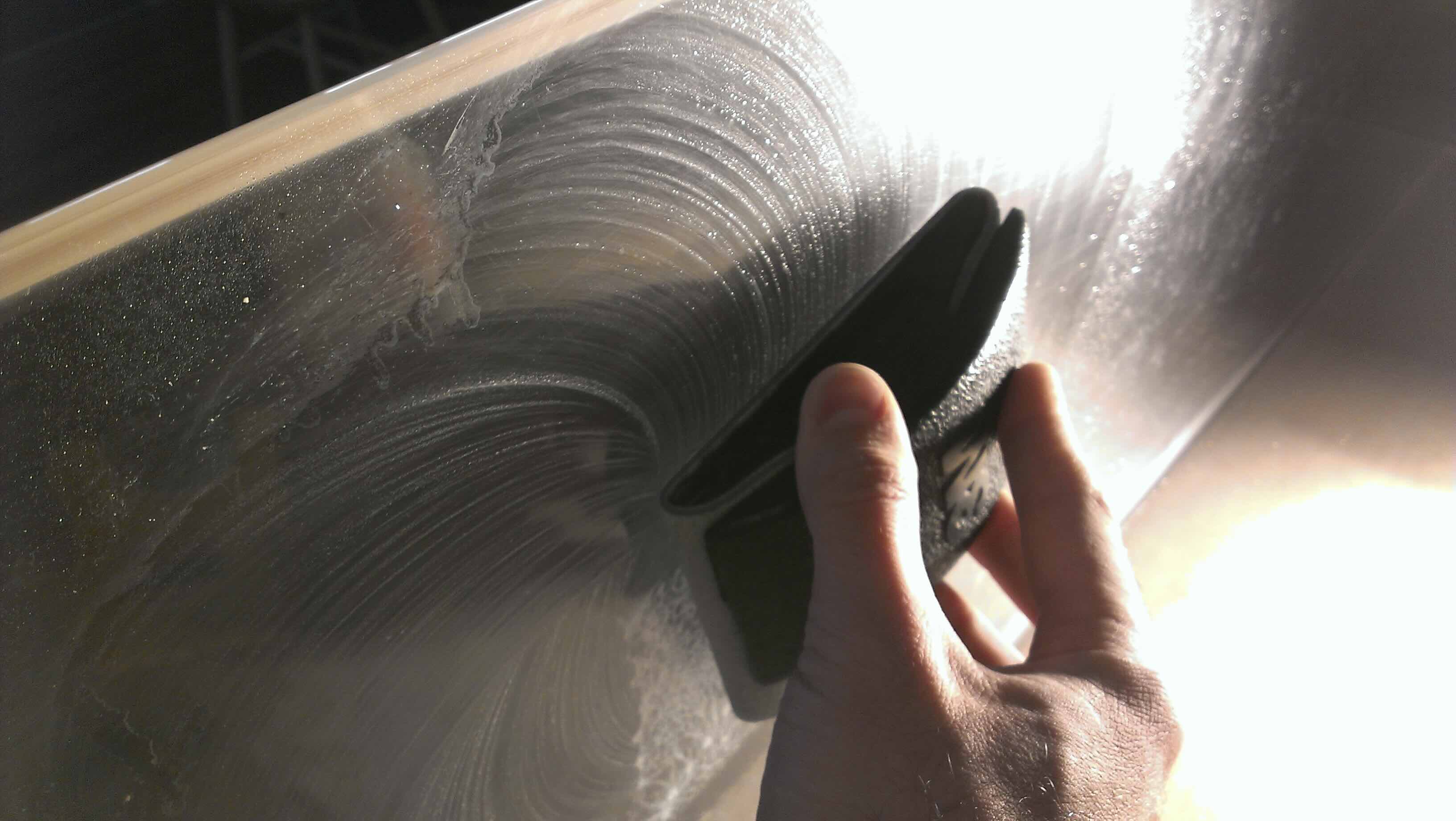
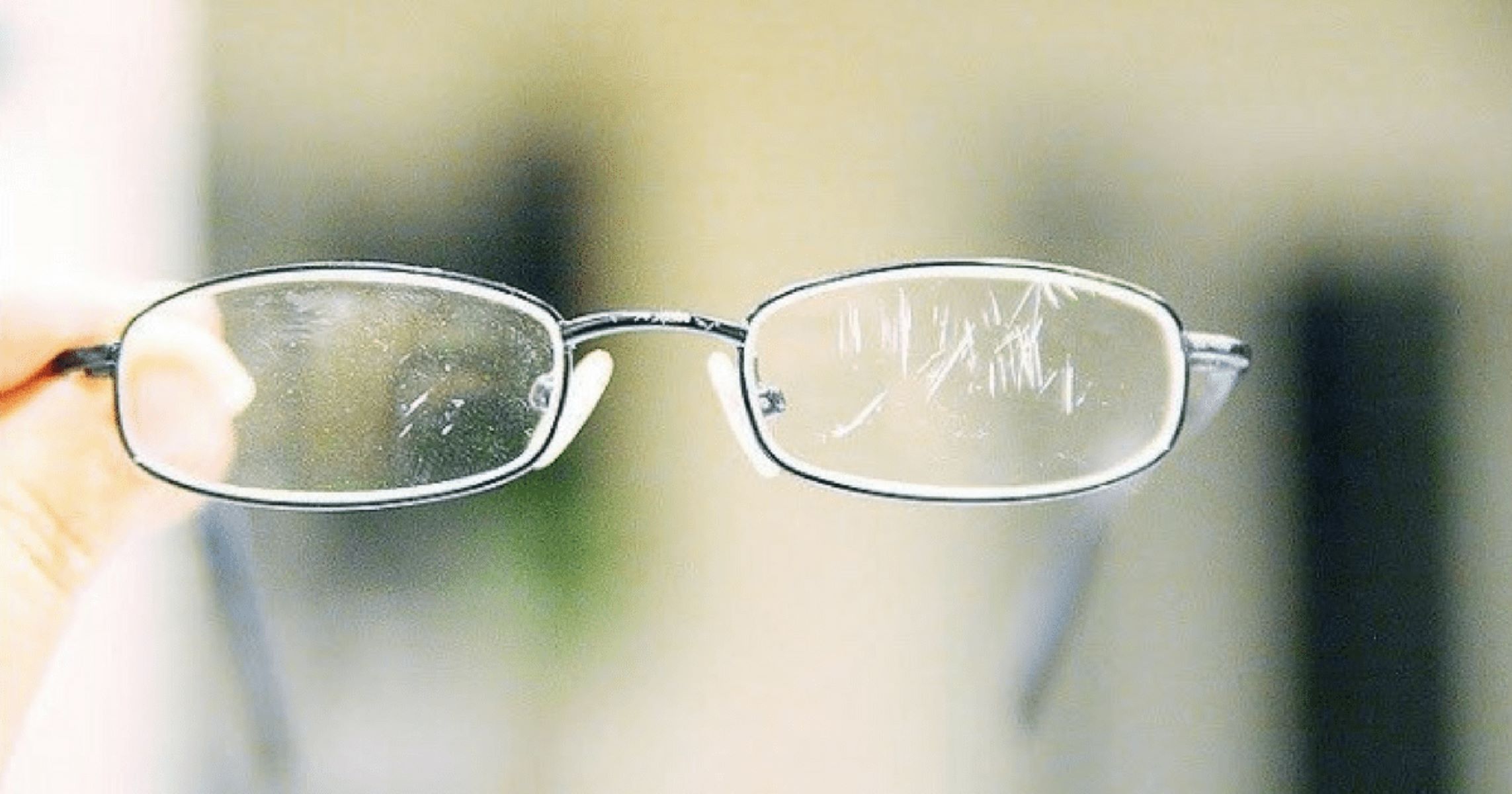
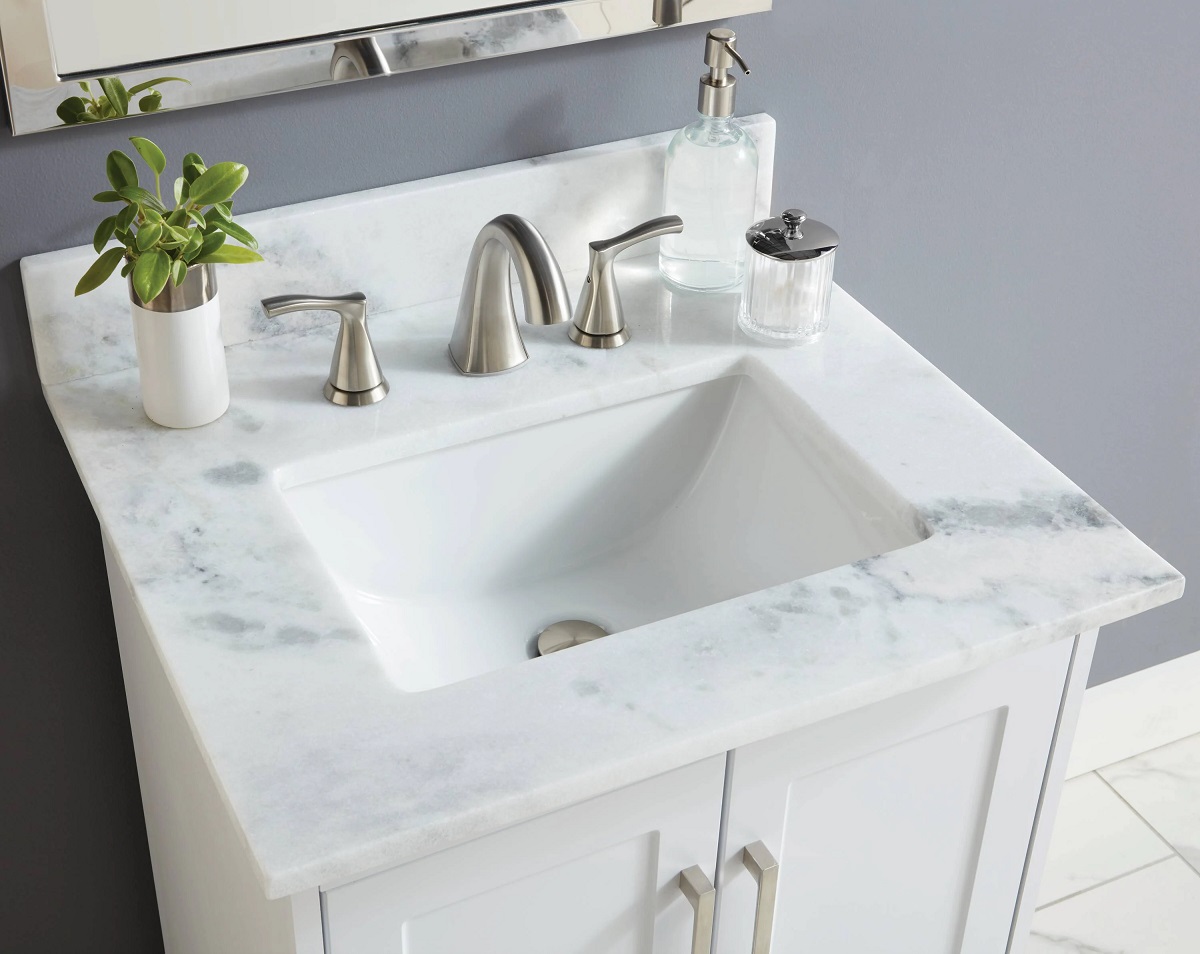
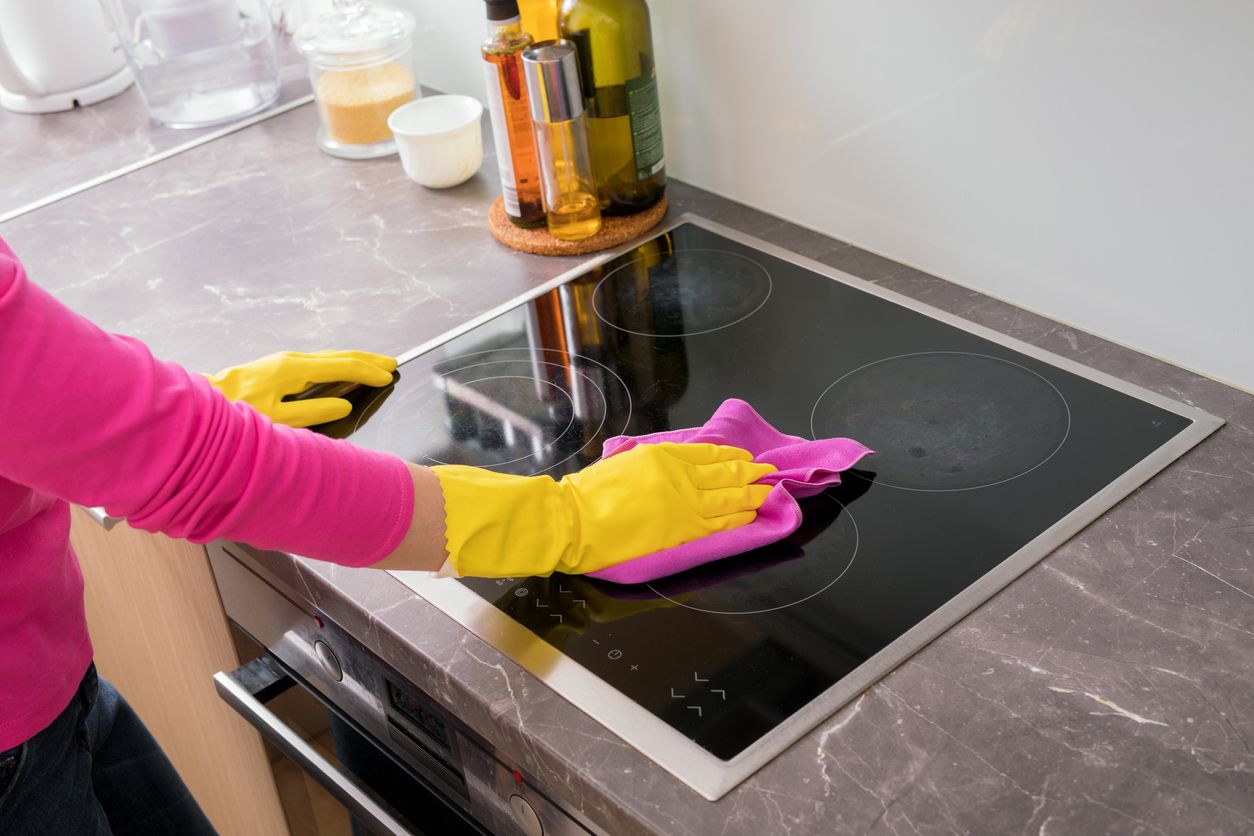
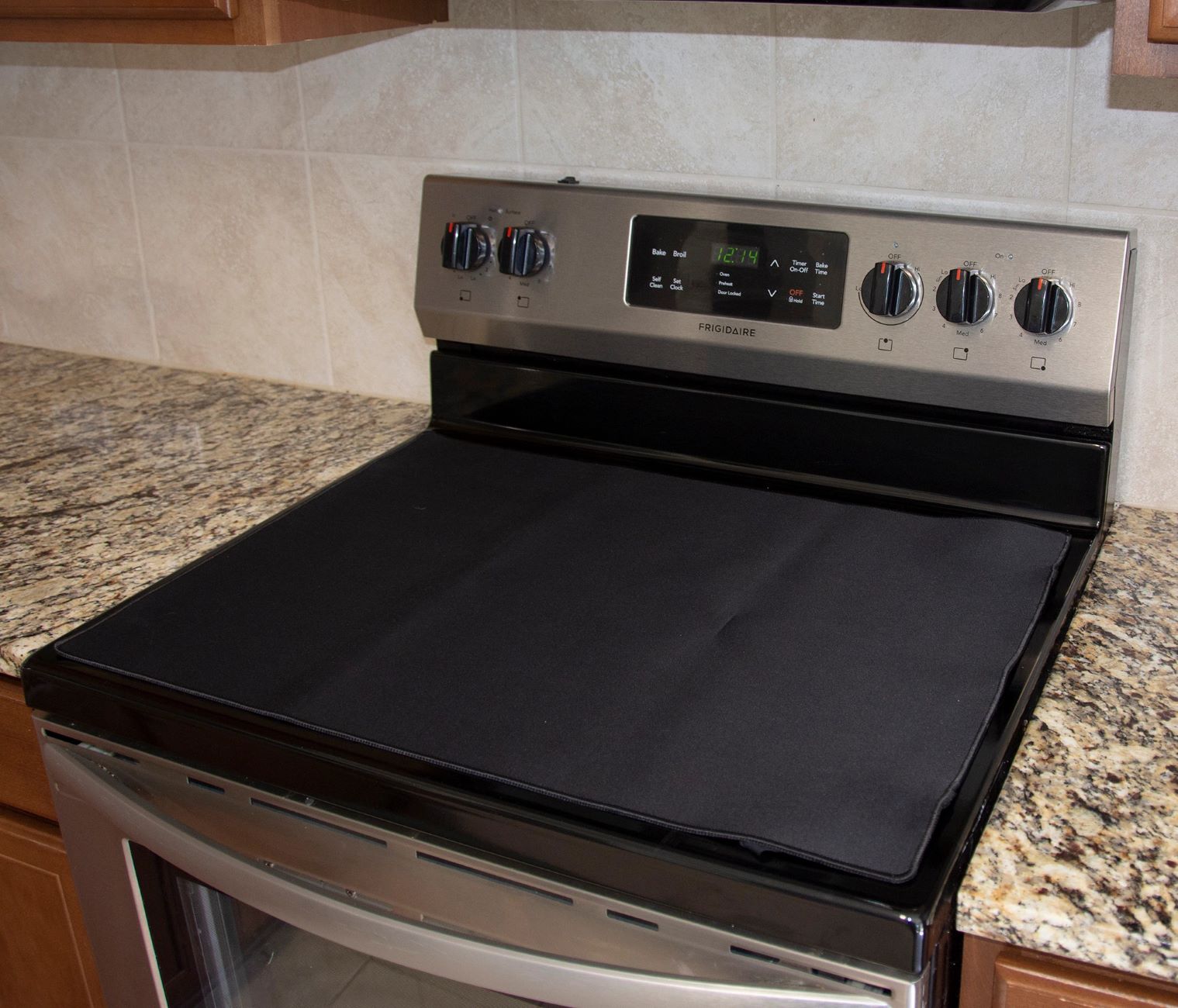
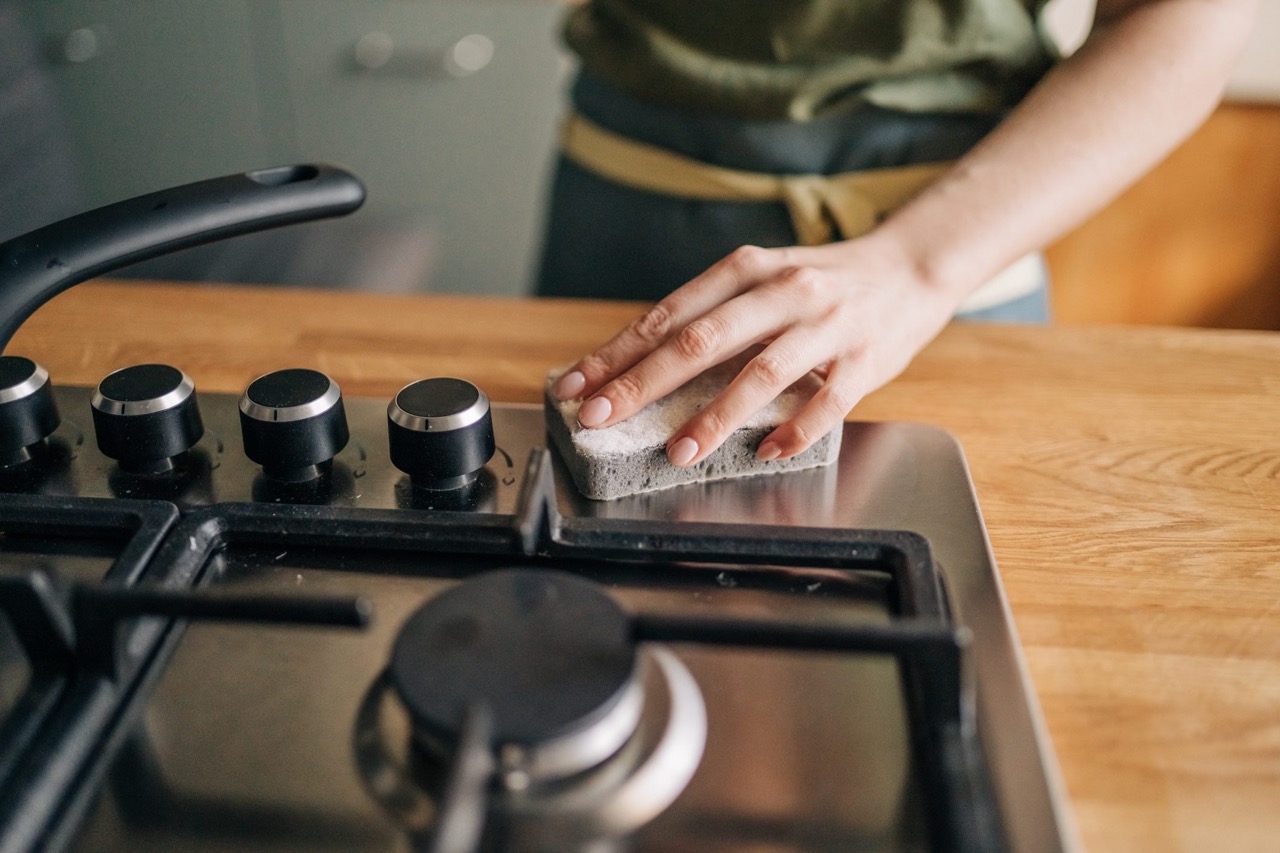
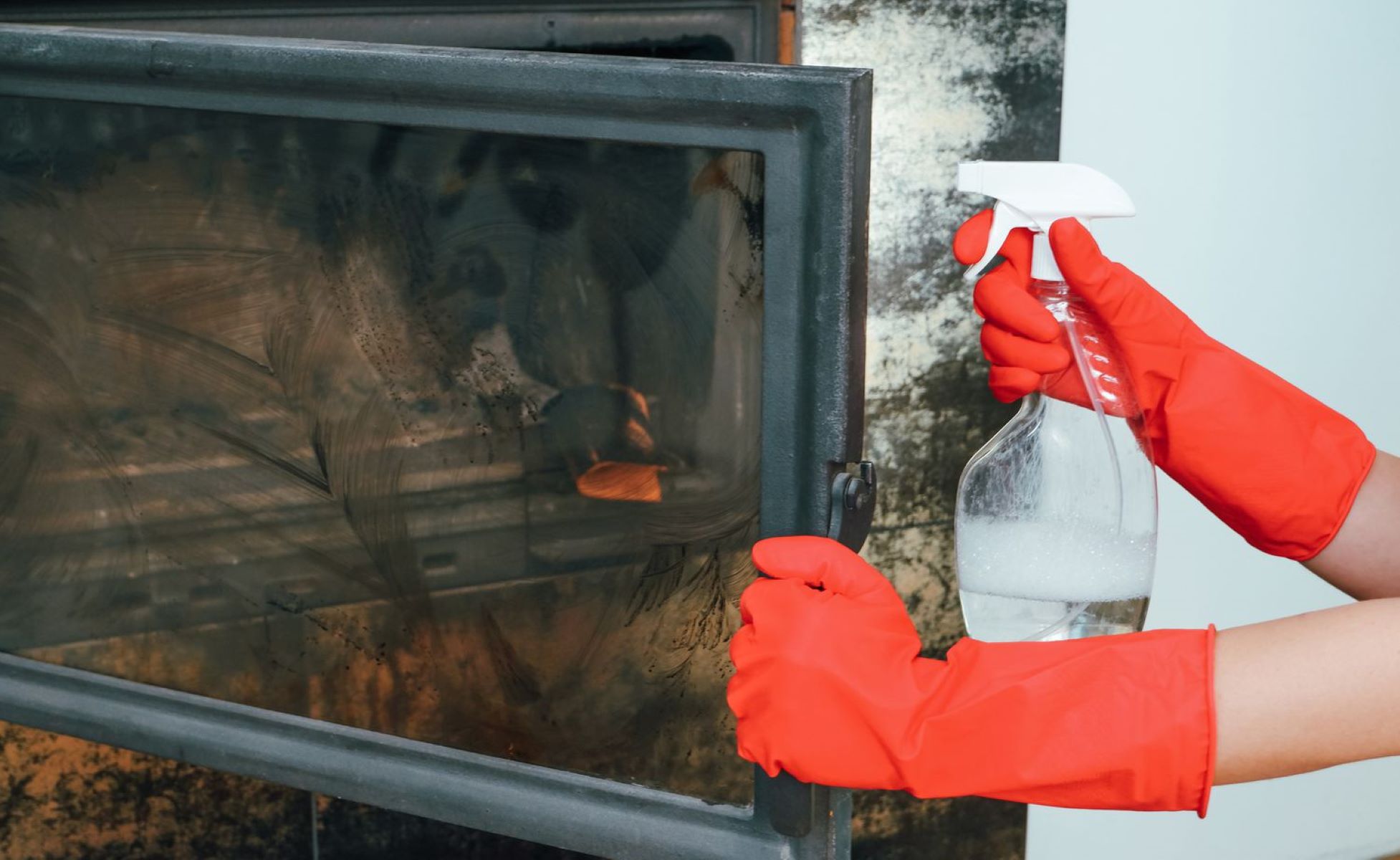
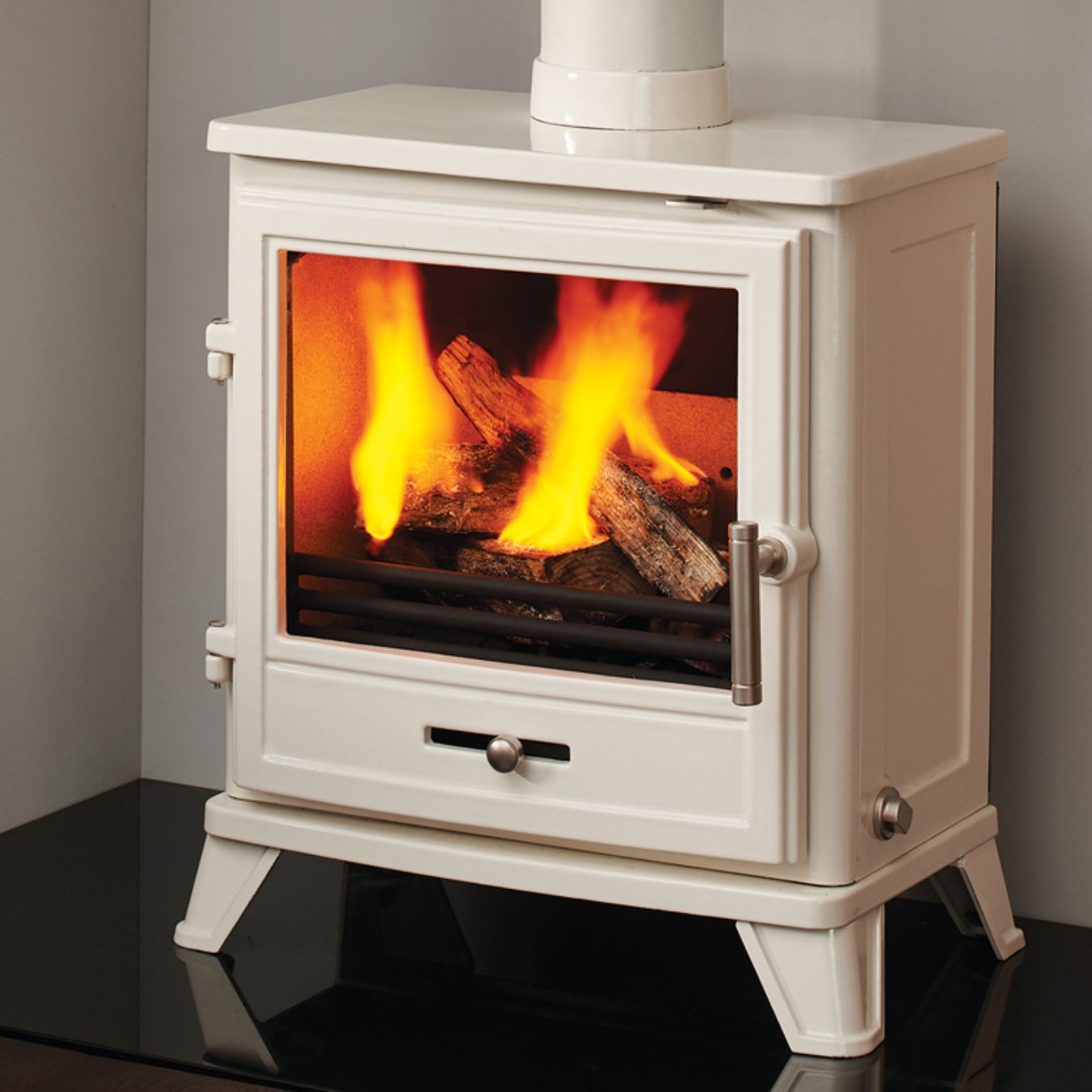
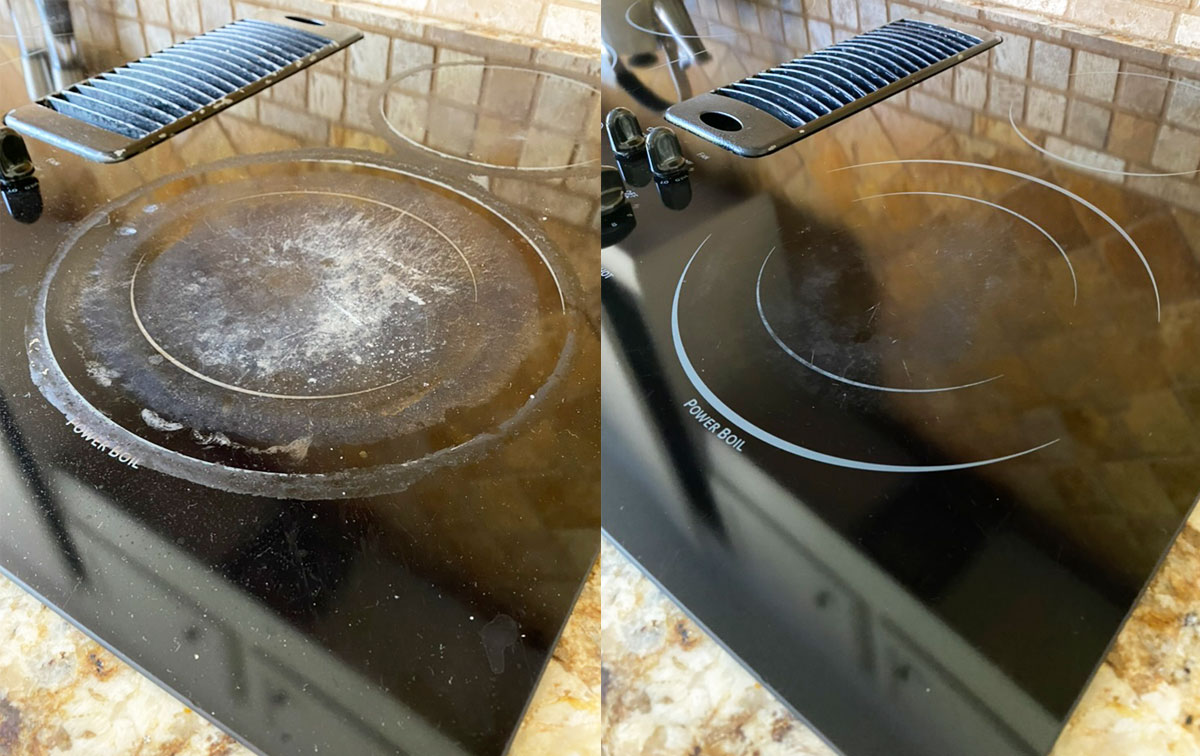
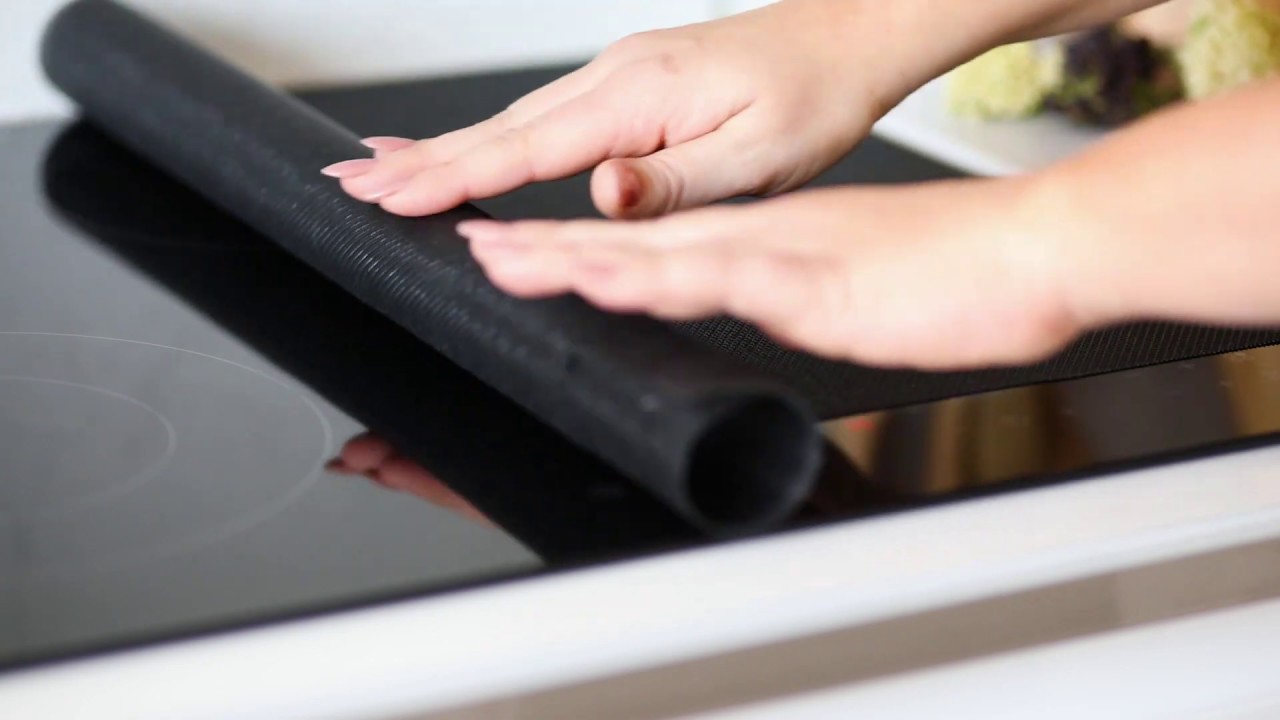
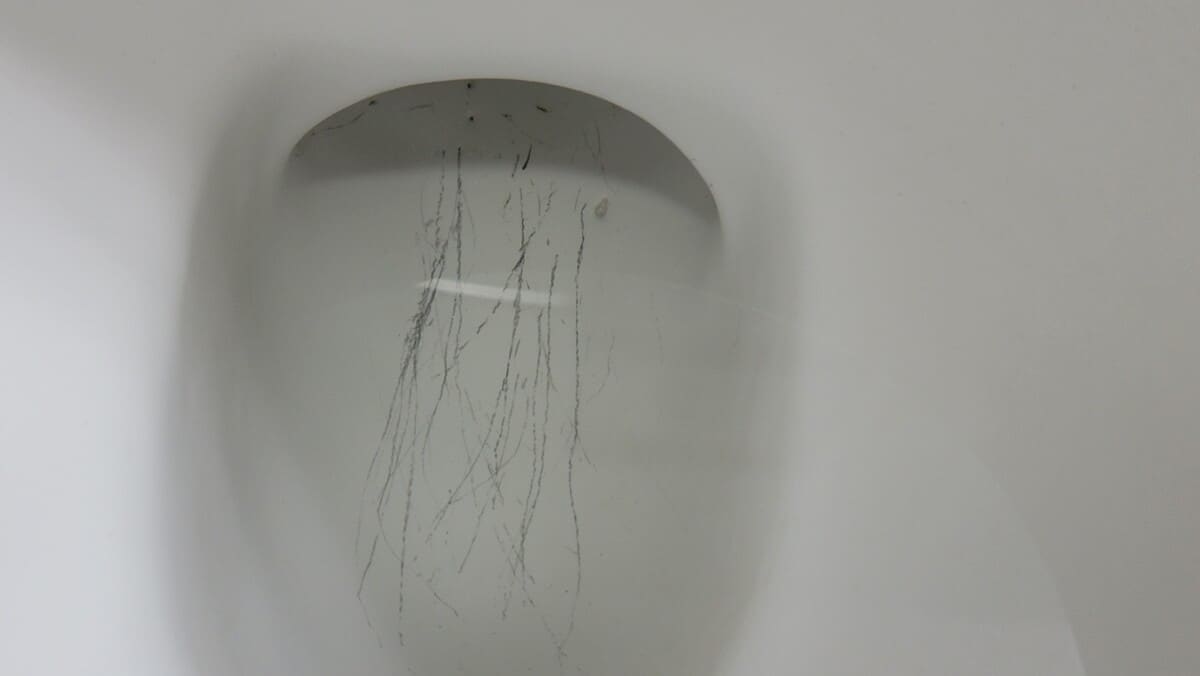
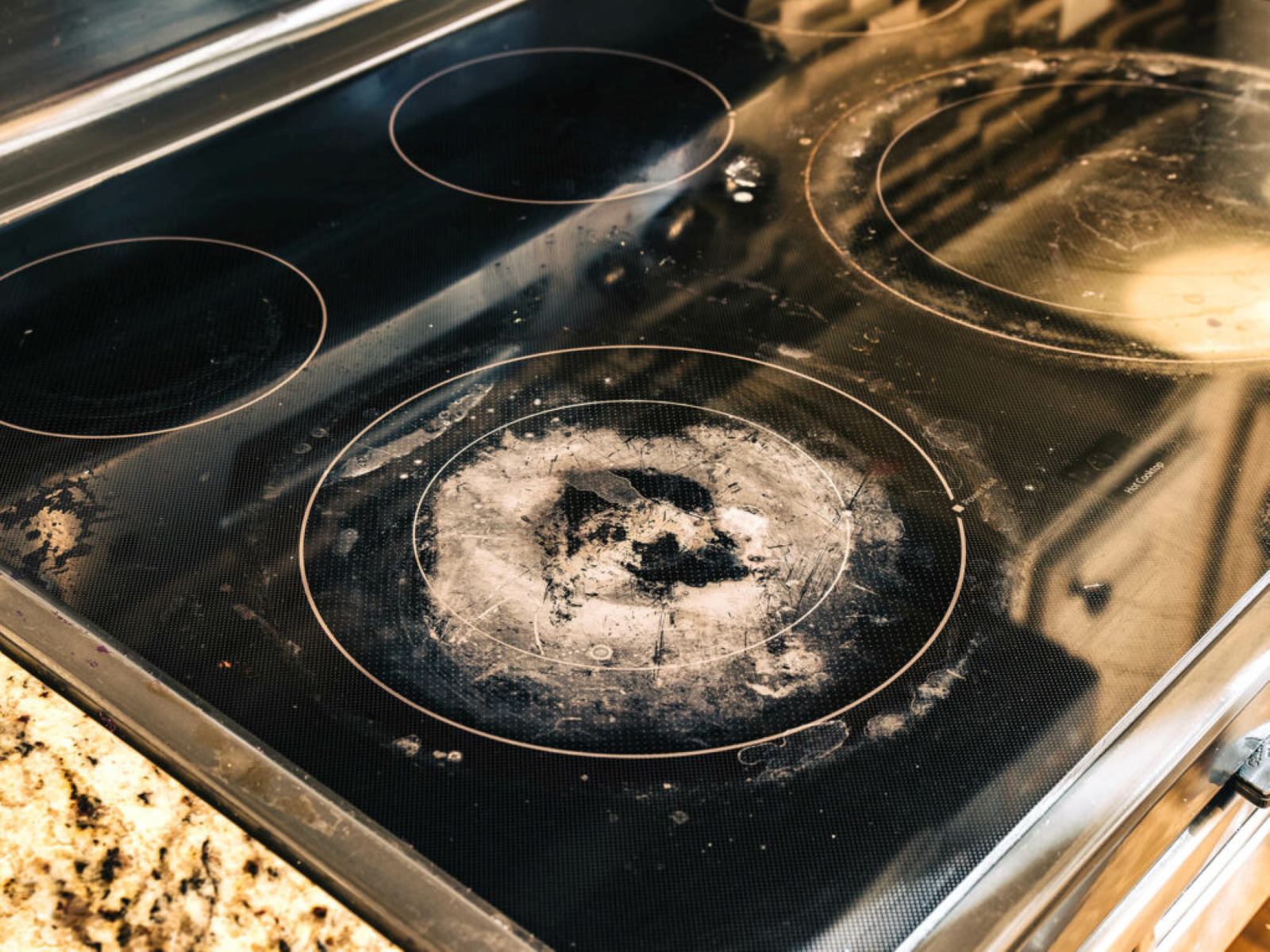

0 thoughts on “How To Remove Scratches From Black Glass Stove Top”